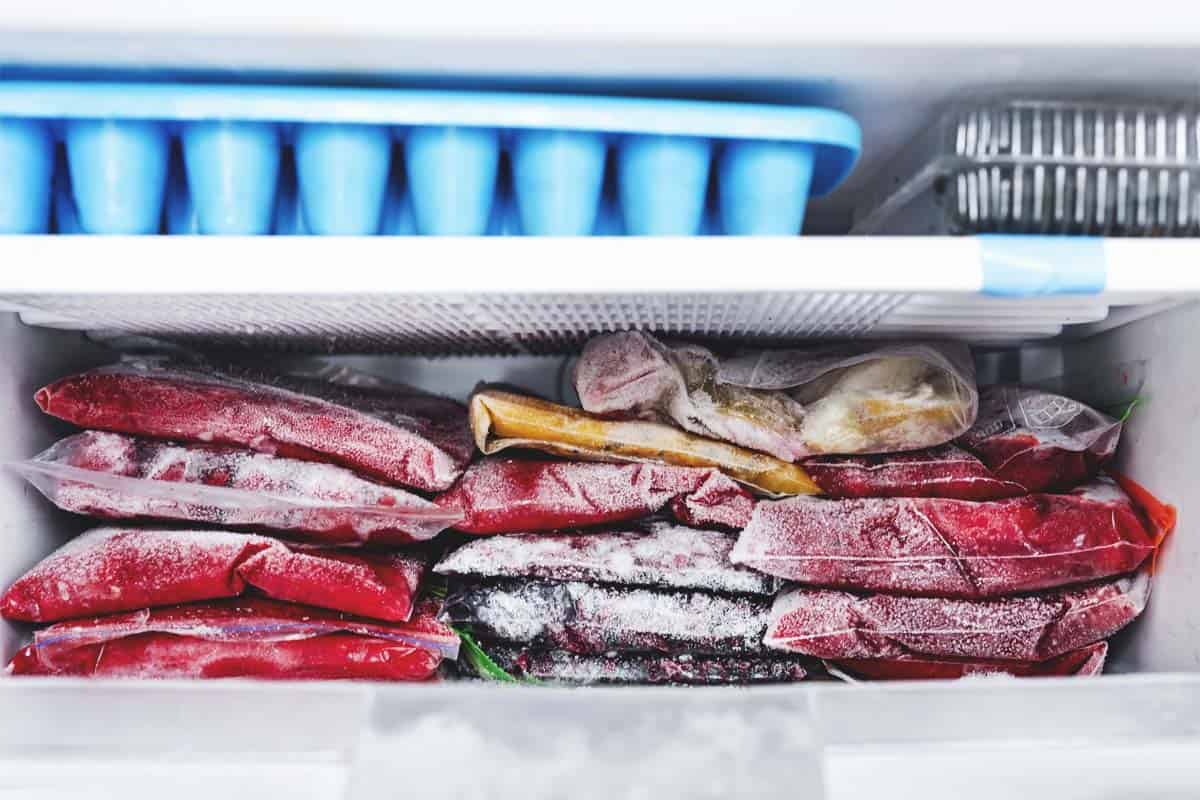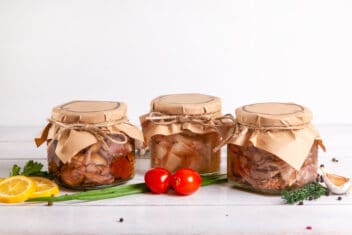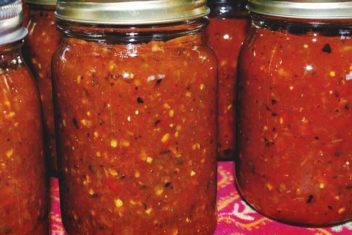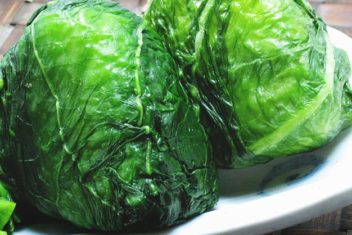I cringe having to say this, but we have a grand total of five freezers in my house.
Embarrassing, right? In addition to the small freezer attached to our refrigerator, we also have a miniature apartment-style refrigerator for storing eggs (which has an attached freezer) along with three separate chest and upright freezers.
Why so many freezers? Well, we sell meat and eggs – so it’s necessary to have a lot of freezer and refrigeration space.
We weren’t always this lucky, though! At one point, it was a challenge just finding room for our own food in our single freezer – and we had to get creative about how to use the space efficiently.
Whether you have five freezers or just a tiny dorm freezer, trying to cram all of your food into a compact freezer can be a challenge.
Learn how to maximize the freezer space you do have with these helpful tips.
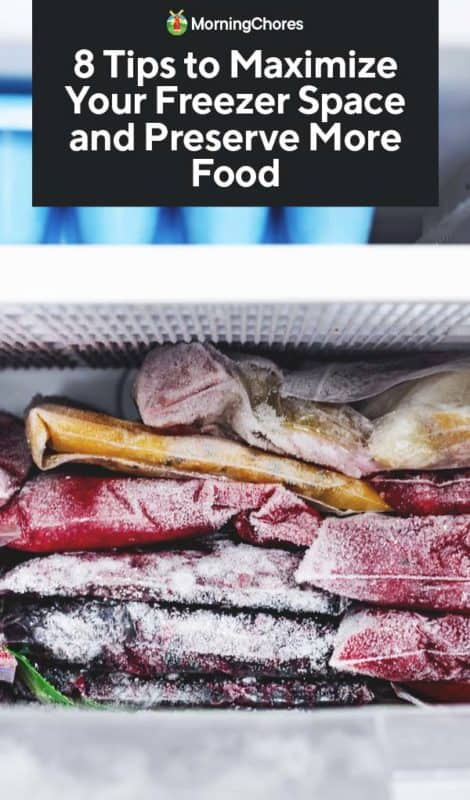
Benefits of Maximizing Your Freezer Space
No matter how much freezer space you have, knowing how to stay organized and in charge of your freezer space is essential.
If you are a gardener, farmer, homesteader, or anyone else who produces their own produce or meat, you’ll want to have the smartest utilization of space as possible as you can. It will help you store your harvest quickly and efficiently so you don’t have to waste any of your hard work.
Maximizing your freezer space can save money, too. I’ve found a freezer-burned package of bacon shoved into the deepest, darkest corner of the freezer more than once. This is always disappointing! Not only could I have reduced food waste by knowing about that bacon sooner, but it could have saved some money, too.
Not only will maximizing your freezer space help you to be more efficient and organized, but it will also help your freezer be more efficient, too. When a freezer isn’t loaded properly, it doesn’t run as efficiently. This can lead to increased rates of freezer burn and food waste – and it can increase your energy bills as the appliance has to work harder to keep things cold.
8 Tips for Maximizing Your Freezer Space

1. Ditch the Boxes
If you’re buying food in bulk from the frozen goods section at the grocery store, there’s no reason you need to keep the packaging. It’s not like you’re going to return it, right? In fact, if you shake a prepared box of pizza pockets, ice cream bars, or something else of that nature, you’re going to hear a tell-tale rattle. This should tell you that there’s lots of empty space inside.
If you don’t want the items rattling around loose in your freezer, stash them in freezer bags. You can label the contents with a Sharpie and suck the air out of the bags. If the boxes come with cooking or serving directions, cut them off the box and tape them to the bag (or take a photo) and save for later.
The same goes for plastic containers. I know how convenient it is to stash leftovers in the freezer, but plastic containers can be bulky and are tough to wedge into a crowded freezer. In most cases, you can lay items flat by using a Ziploc bag.
If you are freezing something very thin in texture, like soup, simply lay the bag on a cookie sheet inside the freezer until it freezes solid. Then, you’ll be able to stack three times as much food as you could otherwise.
2. You Don’t Need Ice Cube Trays
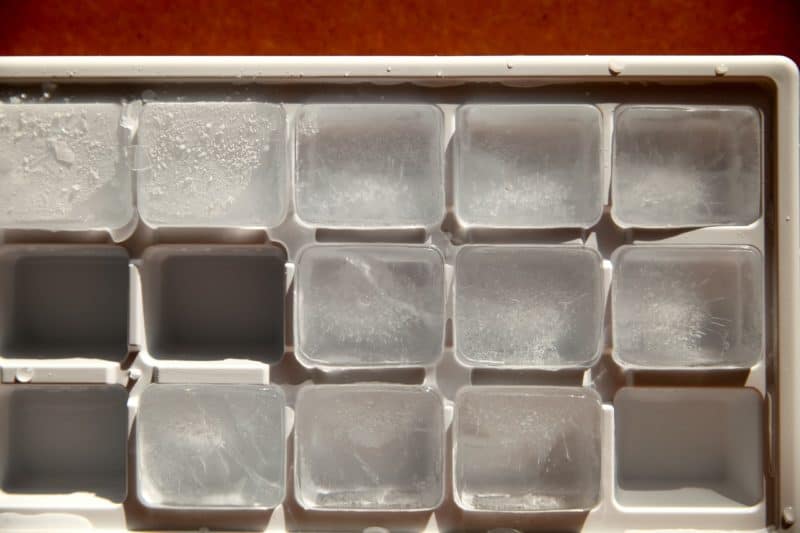
How often do you use those ice cube trays in your freezer? If your refrigerator has a built-in ice maker, I’ll answer that question for you – you don’t need them at all. However, if you don’t have an ice maker, you need to re-evaluate how often you actually use those ice cube trays and figure out if you could meet your ice needs by occasionally buying a bag of ice or investing in a countertop ice-making machine.
3. Stop Storing Ice Packs, Too
We like to keep ice packs on hand for keeping lunches cool and for using on occasion injuries. However, you don’t need expensive store-bought ice packs that don’t serve any other purpose cluttering up your freezer.
Instead, just use frozen vegetables. You probably keep a few bags of these in your freezer, anyway. You may want to keep an ice pack or two on hand for bagged lunches since vegetables will get icky once they’ve thawed. Otherwise, get rid of the extras.
4. Freeze Flat
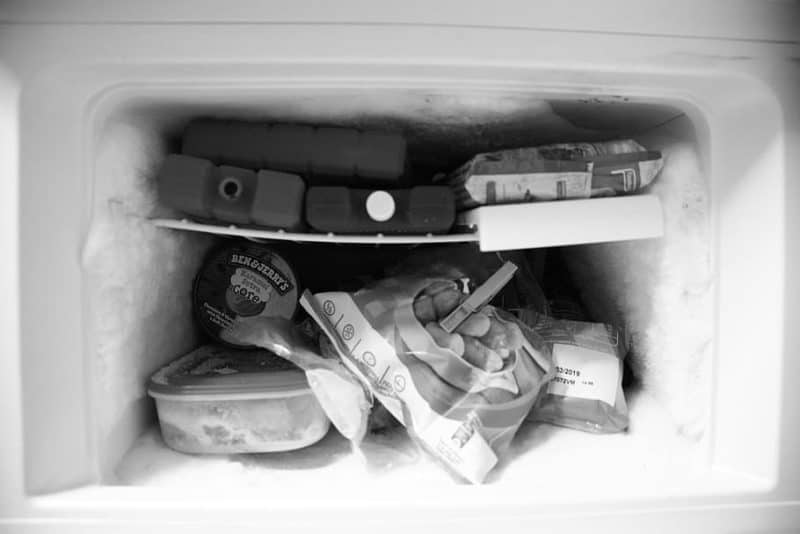
Freezer bags are your best friend when you’re trying to maximize freezer space. Make sure you lay all food flat when you initially freeze them so they don’t settle into an upright chunky blob of frozen foods. You can separate them with pieces of cardboard, too, which will stop them from freezing together.
Another tip: Once the items are frozen flat, you can stash them upright in boxes (load them in like you would load files into a filing cabinet). Just make sure you label the contents. This way, you can pull the box out and flip through it to figure out what you’re going to have for dinner!
5. Store Like Items Together
Meatloaf goes with meatloaf, and bacon goes with bacon. Simple enough, right?
When you store similar items together, it will make your life a lot easier when trying to find what you need. You won’t have to dig to the darkest, coldest depths of your freezer to find what you need for dinner – you’ll know exactly where everything is.
When you’re stocking your freezer, create zones. Put frozen vegetables in one section and meat in another. You can even create sections using storage bins or plywood shelves to help you keep like items together – and separate from other sections.
6. Label Everything
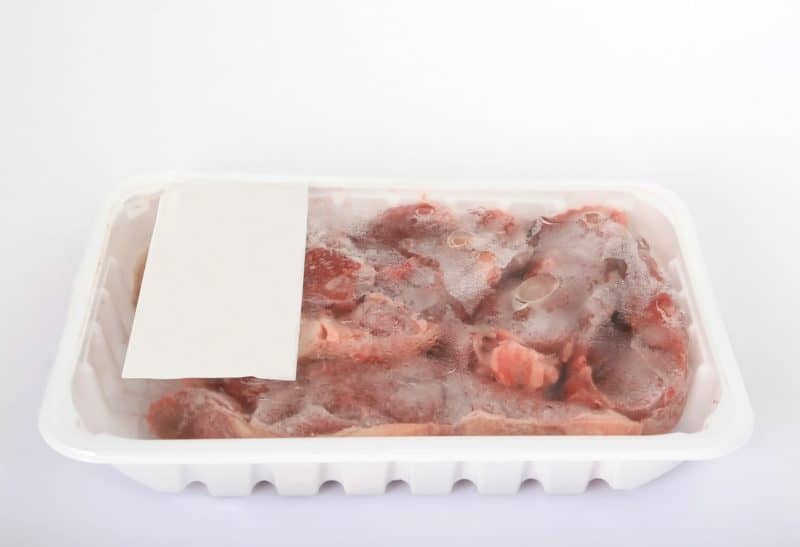
…and I do mean everything! Make sure you keep a permanent marker by your freezer and don’t put anything into the freezer that you haven’t labeled.
If you’re anything like me, you tell yourself you’ll remember what it is – and then five months go by and you have no idea whether that bag is filled with risotto or cookie dough. Label! And don’t just write the contents – make sure you also include the date that the food was frozen on. Another hack that I love, which works well if you have a white-colored freezer, is to use a dry erase marker for noting your contents.
Write what your freezer contains and in what quantities on the outside of the freezer. This works best for freezers that are stored in less-frequented areas, like basements and garages, as it can appear cluttered. However, it will keep track of what’s in the freezer so you can get an idea of your inventory before you make dinner or head to the grocery store.
7. Understand When Freezing Might Not Be the Best Option
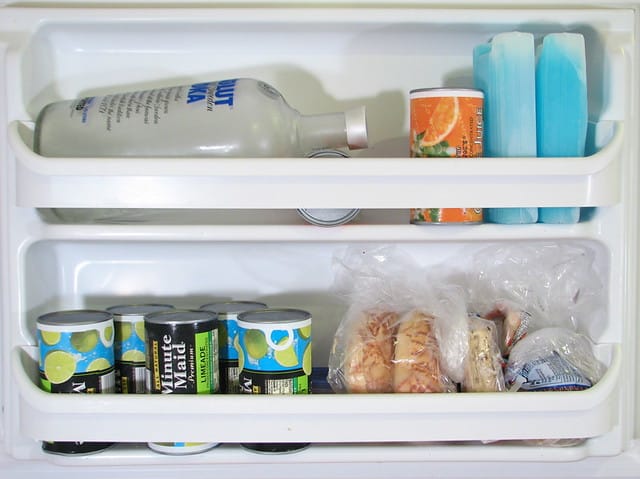
I’m guilty of this one – I’m in a hurry, so I throw the leftovers into the freezer so I don’t have to worry about them.
However, freezing isn’t the best method of food storage for all foods. It’s important to understand when freezing is necessary and when another kind of storage will work just as well, if not better. For example, I often freeze chicken stock when I’m in a rush, but really, it lasts longer when you do it in a pressure canner (and doesn’t take up any freezer space, either).
8. Mind Your Expiration Dates
…and do a clean-out regularly. Rotate items as you go so that older meals and foods are moved to the front and newer ones are stacked in the back. Grab older items first so you don’t have to worry about foods going bad.
In most cases, if you’ve had something in your freezer for six months and haven’t eaten it yet, you should toss it out. You’re probably not going to eat it, to begin with, and it’s not going to be the freshest anymore, either.
Clean out your freezer at least twice a year and make sure you aren’t hanging on to things much longer than six months. At the same time, defrost and clean it to ensure there’s no build-up, which would reduce space and reduce the efficiency of the freezer.
As I said, five freezers are really a bit excessive. However, no matter how much space you have (or don’t have) knowing how to make the most of the space you do have is not only a smart organizational tip – it can help you save money and reduce food waste, too.
